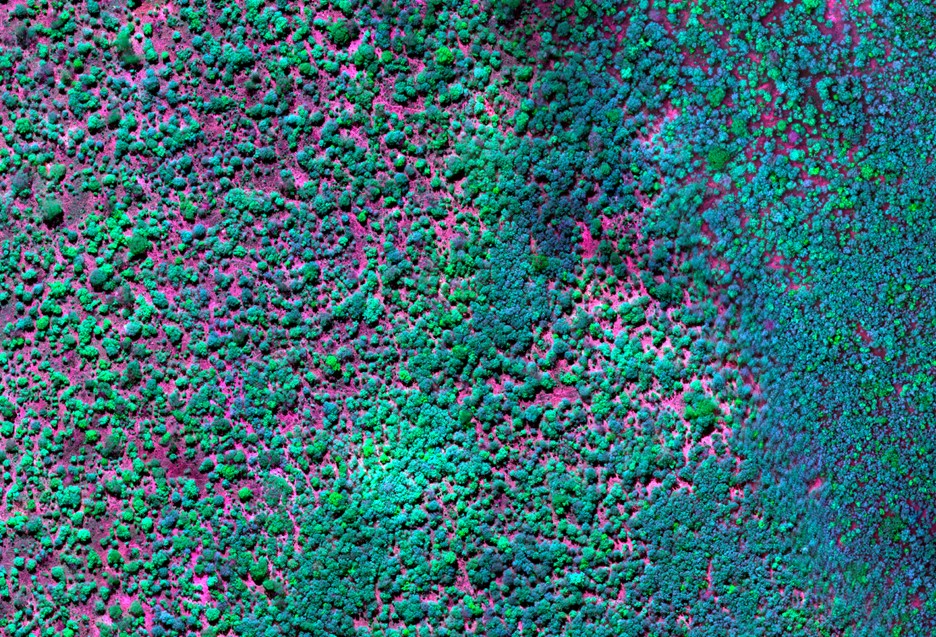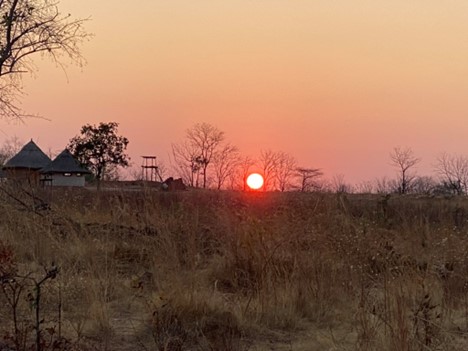In the battle against deforestation, where trees are cleared at an alarming rate to make room for agriculture, urbanization, and other human activities, technology emerges as a powerful ally. With advancements in various fields, from remote sensing to artificial intelligence, innovative solutions are paving the way for more effective conservation efforts. In the following article, Steve Wentzel explores the pivotal role of technology in combating deforestation and restoring our planet’s vital forests.
Remote Sensing and Satellite Imagery
Remote sensing technologies, including satellites equipped with advanced sensors, provide invaluable data for monitoring changes in forest cover. These satellites are used to capture high-resolution images of forested areas, allowing scientists to detect and identify deforestation in real-time. By analyzing these images, researchers can focus on areas of concern, track deforestation trends, and assess the effectiveness of potential conservation measures.
Geographic Information Systems (GIS)
GIS technology enables researchers to map and analyze spatial data related to deforestation. By integrating data from various sources, including satellite imagery, land use records, and environmental surveys, GIS tools facilitate comprehensive assessments of forest ecosystems. These spatial analyses help identify priority areas in need of conservation, assess the impact of human activities on forest health, and plan reforestation efforts strategically.
Machine Learning and Artificial Intelligence (AI)
Machine learning algorithms and AI-driven tools are revolutionizing how we analyze and interpret vast amounts of data related to deforestation. These technologies can process satellite imagery, identify patterns of deforestation, and predict future forest loss with remarkable accuracy. By leveraging machine learning, researchers can develop early warning systems for deforestation, enabling timely interventions to protect at-risk forests.
Mobile Apps and Crowdsourcing
Mobile applications empower individuals and communities to participate in forest monitoring and conservation efforts. With user-friendly interfaces and built-in GPS capabilities, these apps allow users to report illegal logging, land encroachment, and other forest-related activities in real-time. By crowdsourcing data from a diverse network of stakeholders, these platforms facilitate rapid response to threats while promoting transparency in forest governance.
Blockchain Technology
Blockchain technology offers innovative solutions for tracking and verifying the origin of forest products, such as timber and palm oil. By creating transparent supply chains and immutable records of transactions, blockchain systems help combat illegal logging and promote sustainable forest management practices. With blockchain-based certification schemes, consumers can make informed choices in order to support companies committed to deforestation-free products.
Drones and Unmanned Aerial Vehicles (UAVs)
Drones and UAVs provide cost-effective means of monitoring large, forested areas with precision and efficiency. Equipped with high-resolution cameras and LiDAR sensors, these aerial vehicles can capture detailed imagery and collect three-dimensional data of forest landscapes. By conducting aerial surveys and monitoring forest health, drones enable rapid response to deforestation threats for the facilitation of ecosystem restoration efforts.

Internet of Things (IoT) Devices
IoT devices, such as environmental sensors and smart cameras, play a crucial role in monitoring and protecting forests from illegal activities. These interconnected devices can detect changes in temperature, humidity, and soil moisture, providing valuable insights into forest ecosystem dynamics. By deploying IoT networks in remote forest areas, conservationists can detect forest fires, poaching, and other threats in real-time.
In addition to monitoring environmental conditions, IoT devices contribute to wildlife conservation efforts by tracking animal movements and behavior. Through GPS-enabled collars and tags, researchers can monitor the migratory patterns of endangered species, identify habitat preferences, and detect instances of wildlife trafficking. Furthermore, smart cameras equipped with motion sensors allow for real-time monitoring of animal populations, aiding in the prevention of poaching and illegal logging activities. By leveraging the data collected from IoT devices, conservationists can develop more effective strategies for protecting biodiversity and preserving fragile ecosystems.
Virtual Reality (VR) and Augmented Reality (AR)
VR and AR technologies offer immersive experiences that raise awareness about deforestation and its impact on the environment. Through interactive simulations and educational programs, these technologies can be used to engage and inspire audiences to take action in protecting forests. By fostering empathy and understanding, VR and AR contribute to public advocacy and support for conservation initiatives.
Conclusion
In closing, technology serves as a catalyst for innovation in the fight against deforestation. From remote sensing and machine learning to blockchain and drones, these technological advancements offer unprecedented opportunities to monitor forests, detect threats, and implement sustainable solutions. By harnessing the power of technology, we can work together to preserve our planet’s precious forests for the generations of the future.
